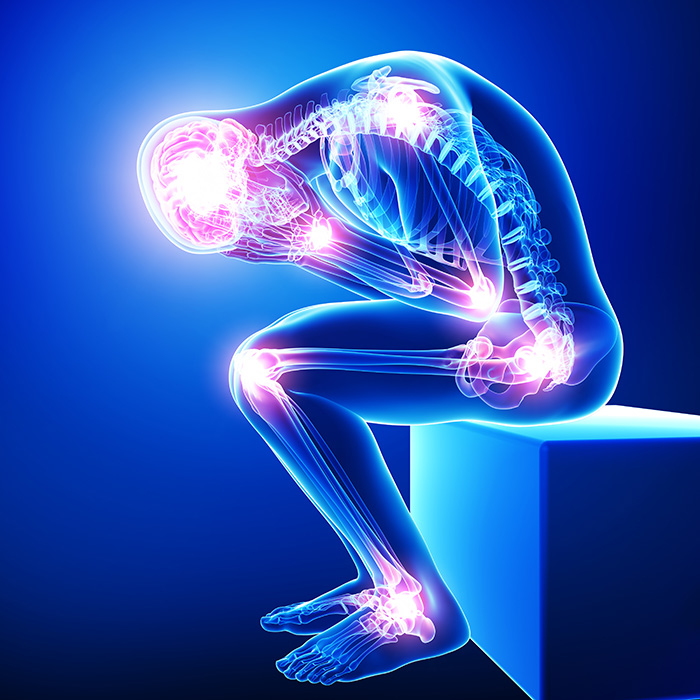What is Fibromyalgia?

Fibromyalgia is a disorder which causes chronic widespread musculoskeletal pain and presence of at least 11/18 trigger points. Trigger points are sensitive spots in muscles that produce local pain when pressed down on. The exact cause of fibromyalgia is unknown- although it may have to do with changes to pain processing in the brain and a disturbance of the central nervous system’s response to pain.










